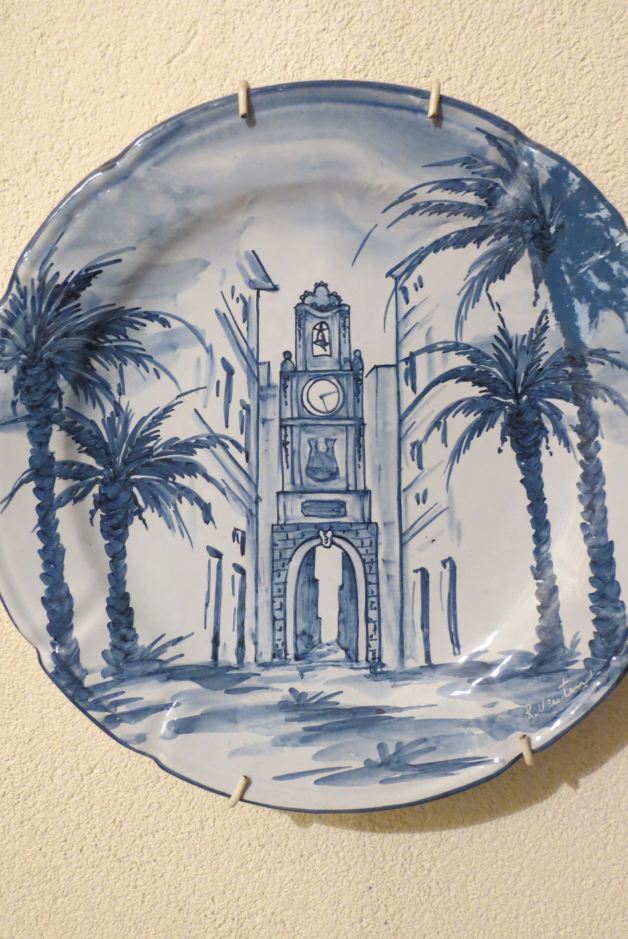
Ceramics are a figurative form of art
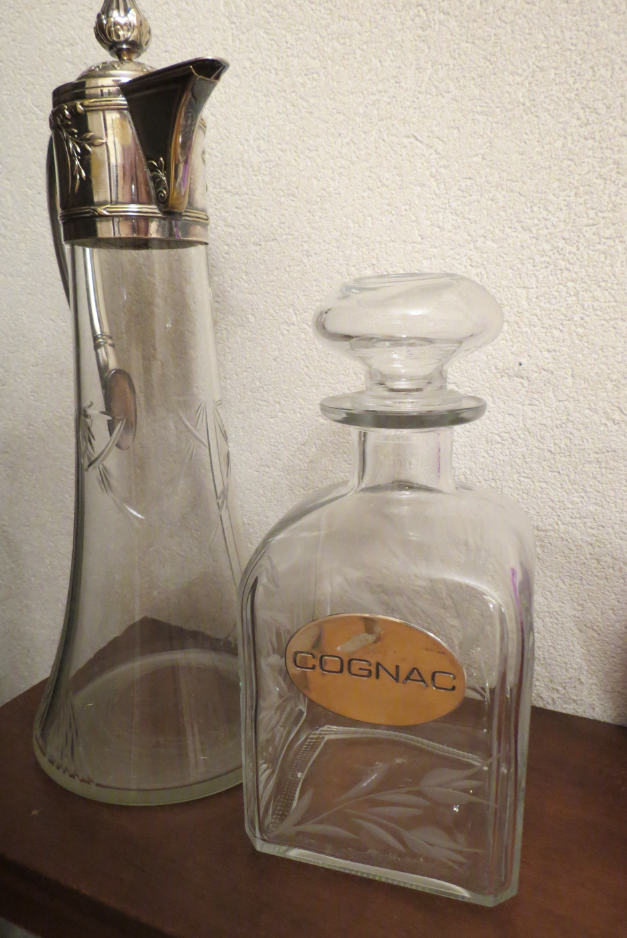
Handmade blown glass objects from Liguria
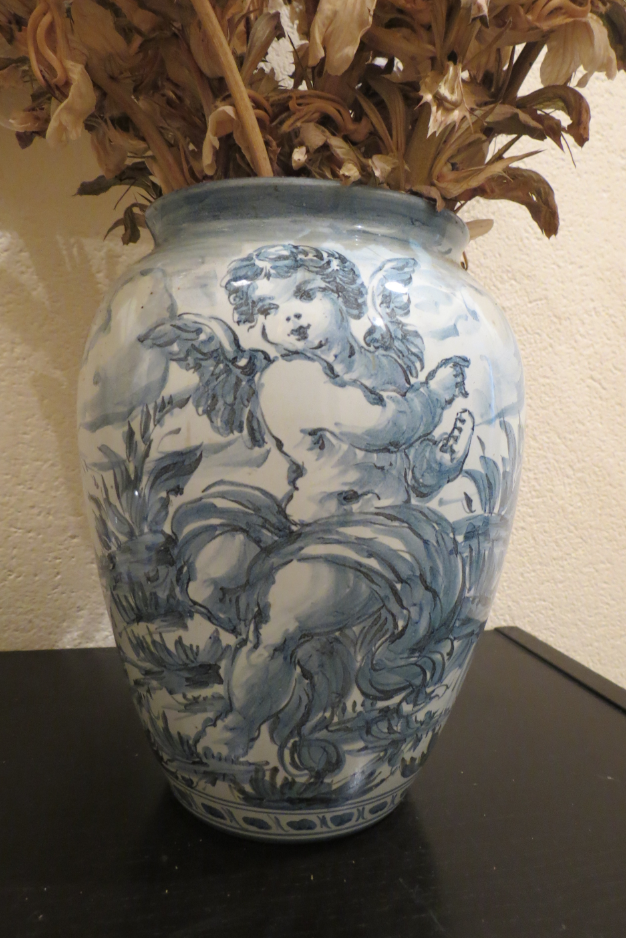

Typical ceramic vases from Albisola with blue and white motifs
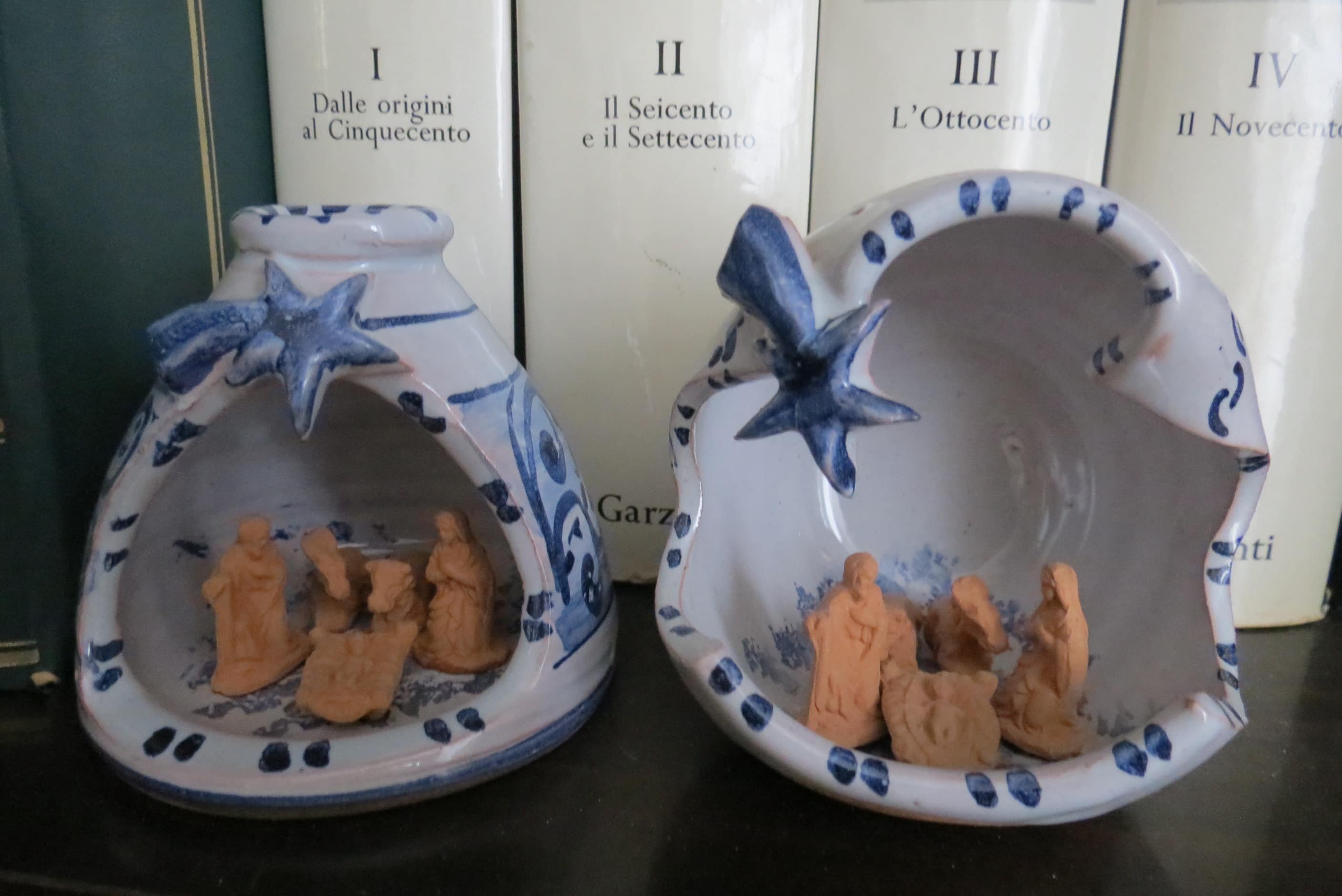
Ceramic miniature nativities
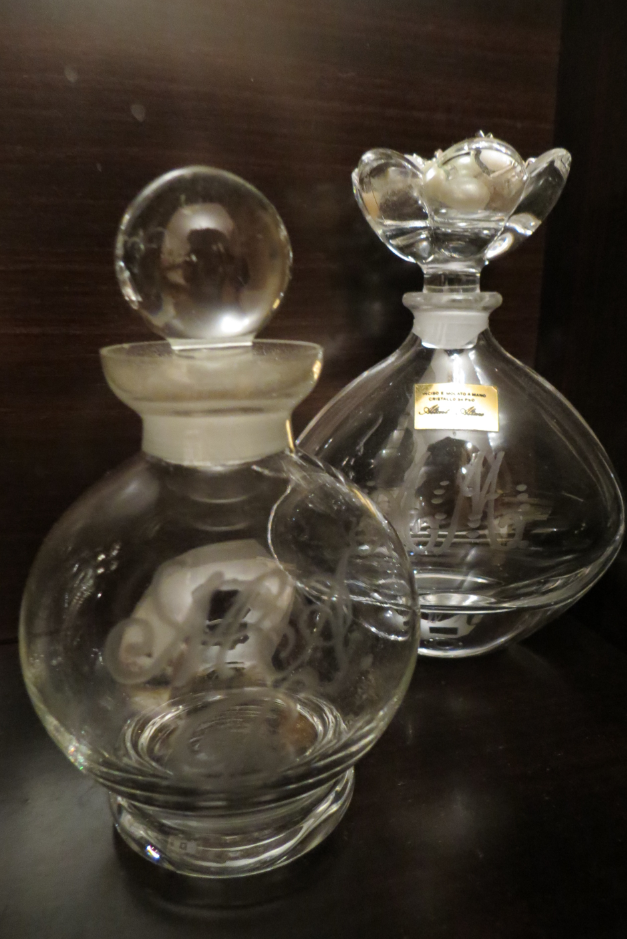
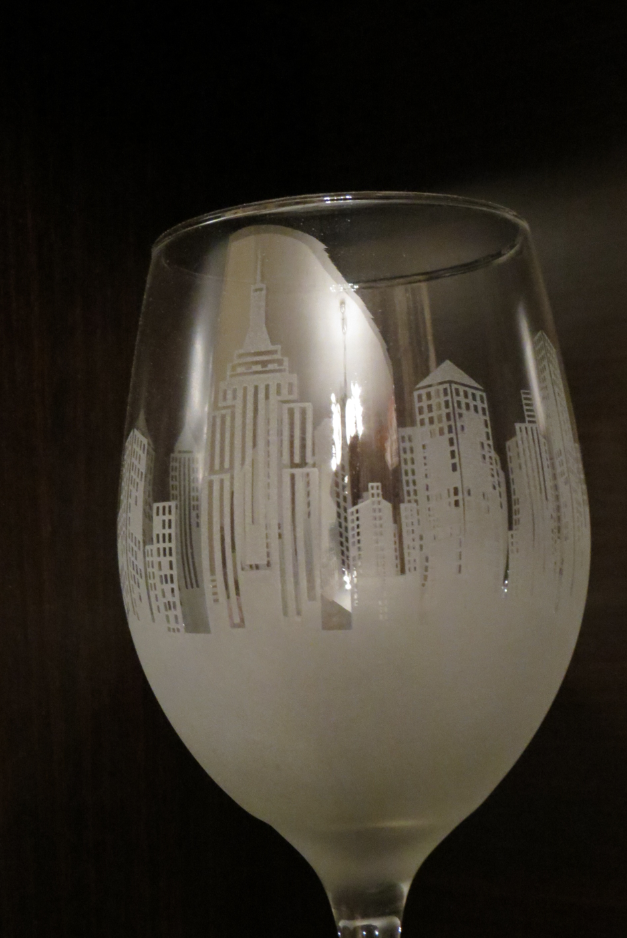
Blown glass art from Altare near Savona in Liguria
Ligurian glass art teachers are sought after around the world and they are in great demand, especially overseas. They are moving abroad to teach artists worldwide how to make glass doors and windows, artistic objects and various kinds of containers made by using the hand-blowing technique.The local heritage is an ancient tradition that can be admired in the Museum of Glass in the little town of Altare, near Savona; the museum is housed in a magnificent Art Nouveau building which enhances the beauty of the artworks collected inside.The museum is supported by multimedia tools that illustrate all the stages of the processing of blown glass. The venue also offers interactive courses that normally take place during the summer for young adults or anyone who wants to learn this art form. Such classes range from theory to practice in order to teach the basic techniques necessary to realize some blown glass objects.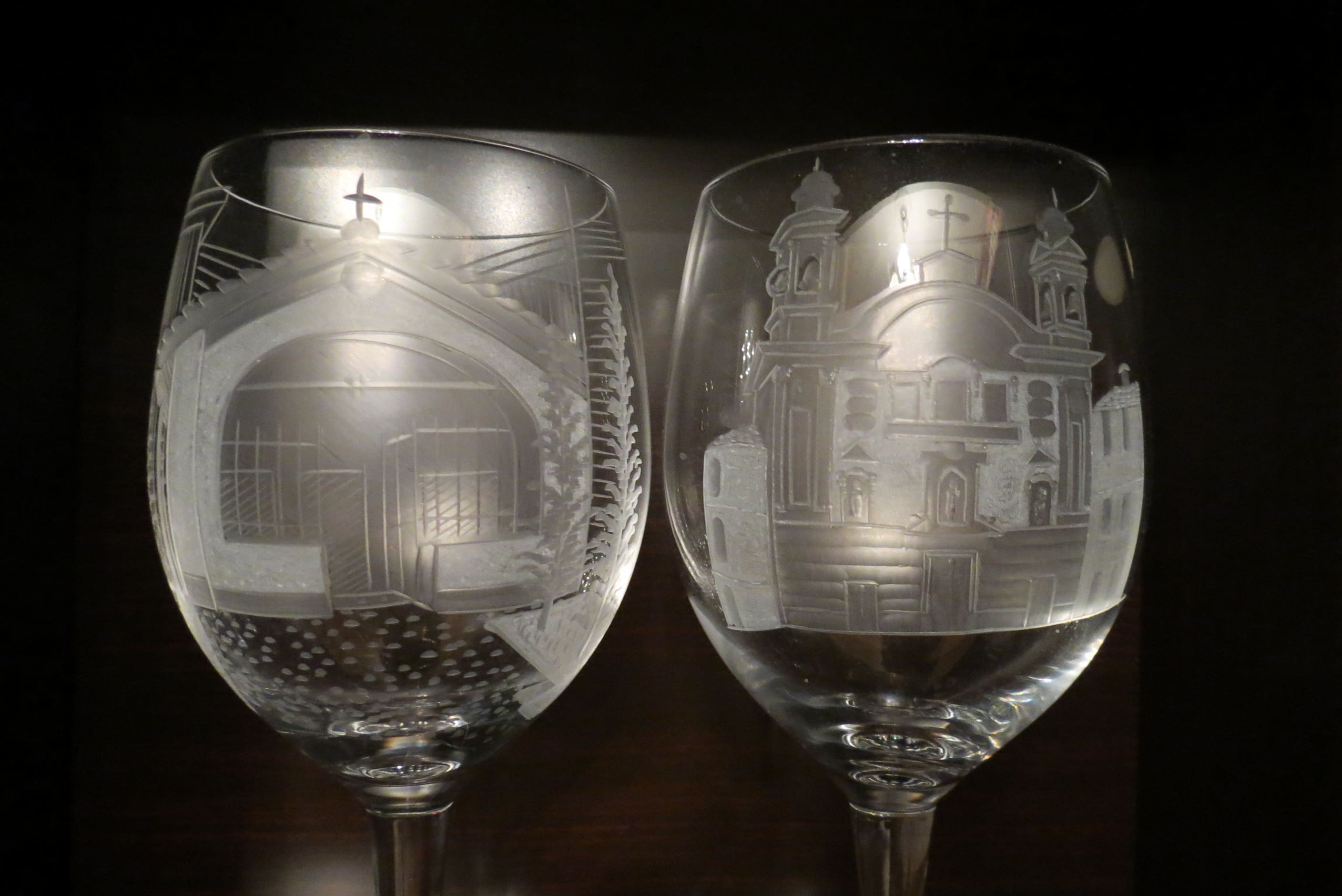
Some glasses representing Altare’s churches

A custom made glass with my name engraved on it
REPOTER

- Patrizia Margherita
- Jobtranslator, interpreter, teacher
Although she was born in Italy, she is half Italian and half American and she has become a "multicultural person" who can speak five languages. She has lived and worked in the US, Brazil, Australia, France and the UK so she considers herself a citizen of the world. When she is not teaching or translating, she likes cooking Italian food, hiking and traveling around the world...She has traveled to 80 countries and counting!
What's New
-

- 2025.12.19
- A four-day trip to Tasmania, featuring wineries and breweries
- Sydney( Australia )
-

- 2025.12.18
- Blog Liguria - Bizarre Vending Machines
- Genoa( Italy )
-

- 2025.12.17
- More and More Ice Cream Parlors are Opening
- Sao paulo( Brazil )
-

- 2025.12.09
- The least-Italian city in Italy
- Milan( Italy )
-

- 2025.12.08
- Dover cliffs
- London( UK )
-

- 2025.12.05
- Returning to Japan After Ten Years: Can You Feel Homesick for a Foreign Country?
- Bishkek( Kyrgyz Republic )
REPORTER
-

- Hiroko Fujita
- SydneyAustralia
-

- Patrizia Margherita
- GenoaItaly
-

- Nami Minaki Sandra
- Sao pauloBrazil
-

- Yuriko Mikami
- MilanItaly
-

- GianFranco Belloli
- LondonUK
-

- Daniiar Bakchiev
- BishkekKyrgyz Republic
-

- Shoko Yamamoto
- ParacasPeru
-

- Megumi Ota
- Santo_isidoroPortugal
-

- Chieko Suganuma (maiden name : Nagura)
- Gold CoastAustralia
-

- Susumu Yamada
- MadridSpain
-

- Patrick Sacco
- Austin, TexasU.S.A
-

- Alberto Ferrando
- SydneyAustralia
-

- Patrizia Margherita
- PortlandU.S.A
-

- Chuleeporn Suksabye
- Chiang MaiThailand
-

- Padra Rivodo Hiromi
- MonterreyMexico
-

- Erika Anderson
- CarmelU.S.A
-

- Keiko Miki
- DublinIreland
-

- Knowledge Capital Staff
- Japan-townJapan
-

- Rim
- DusseldorfGermany
-

- Claudia Diaz
- New YorkU.S.A
-

- Zia Fariya
- BangaloreIndia
-

- Mara Groner
- BerlinGermany
-

- Lisanne Kleinjan
- RotterdamNetherlands
-

- Christine Pilcavage
- MassachusettsU.S.A
-

- Martha Hickey
- MichiganU.S.A
-

- Mirai Tsuda
- FirenzeItaly
-

- Kazuya Yamaoka
- MontereyU.S.A
-

- Takae Nagamiya
- Los AngelesU.S.A
-

- Kazuhito Habu
- BerlinGermany
-

- Sanja Bogetic
- BelgradeSerbia
-

- Sarena Ehrlich
- FontainebleauFrance
-

- Yves Lalune
- DijionFrance
-

- Martha Hickey
- AmsterdamNetherlands
-

- Hiroshi Yamauchi
- VilniusLithuania
-

- Ritsuko Derickson
- WashingtonD.C.U.S.A
-

- Rei Watanabe
- BerlinGermany
-

- Tatsuji Seki
- BangkokThailand
-

- Rubin Cynthia Beth
- New HavenU.S.A
-

- Miho Bokuda
- FirenzeItaly
-

- Pat Lee
- Hong kongChina
-

- Weikalossu Lin
- TaichungTaiwan
-

- Emiko Ogawa
- LinzAustria
-

- Hironari Masuda
- ShanhaiChina
What's New
-

- 2025.12.19
- A four-day trip to Tasmania, featuring wineries and breweries
- Sydney( Australia )
-

- 2025.12.18
- Blog Liguria - Bizarre Vending Machines
- Genoa( Italy )
-

- 2025.12.17
- More and More Ice Cream Parlors are Opening
- Sao paulo( Brazil )
-

- 2025.12.09
- The least-Italian city in Italy
- Milan( Italy )
-

- 2025.12.08
- Dover cliffs
- London( UK )
-

- 2025.12.05
- Returning to Japan After Ten Years: Can You Feel Homesick for a Foreign Country?
- Bishkek( Kyrgyz Republic )












